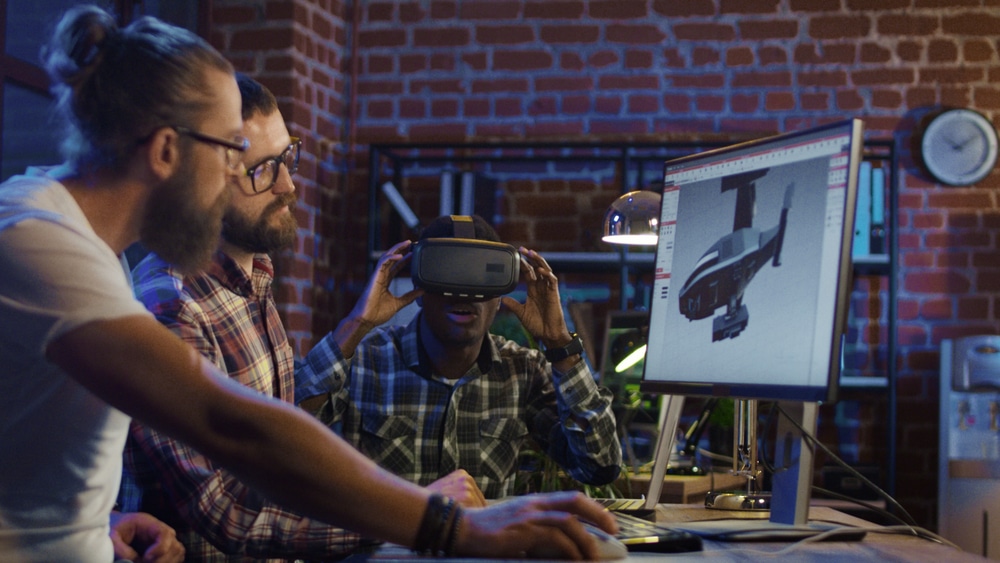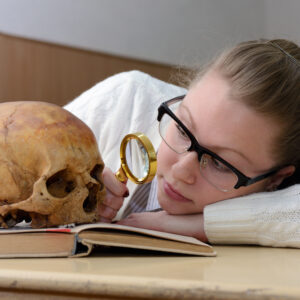Most children across society today are raised on cartoons, which probably explains how animation remains such a fundamental and beloved art form. Through this format, you can translate stories, and express ideas in a way that truly connects with a viewer. Films, games, shows, shorts and webisodes can be funny, happy, satirical, political, abstract or tragic. There’s an emotional dialogue to a good animation which tackles concepts in ways that live-action films simply can’t. Give Up Give Up Yer Aul Sins, an Oscar-nominated Irish short, is the perfect example of how a warm and charming piece of cinema can not only reflect local history with authenticity but resonate with people across the globe.
History of Animation
Depending on the agreed definition, the first recorded animation could be cited as the Victorian Zoetrope. This was a crude invention that produced the illusion of movement through a series of drawings or images showing progressive stages of that movement. This is debatable, however, as going back much further, 5,000 years, in fact, there was old pottery bowl discovered in Iran, which had five sequential painted images of a goat leaping. Or could the inception of animation be based in the shadow play which early humans enjoyed in the Paleolithic period?
Modern Animation
No matter which it was, what we now know as animation today began to take shape at the turn of the 20th Century. In the 1890s, a man named Charles-Émile Reynaud developed a projection device, where hand-painted colourful pictures in a perforated strip ran between two spools. Simultaneously, the medium of film began to take off; these fledgling filmmakers would experiment with different techniques. J. Stuart Blackton’s The Haunted Hotel (1907) was a huge mainstream success; he was one of the first to use stop-motion animation to make objects appear to be moving independently. This certainly got audiences talking at the time.
First Feature
The very first entirely animated feature was El Apóstol (The Apostle), a 1917 Argentine film which implemented cut-out animation. Tragically, a fire decimated the footage and all the film’s copies were lost forever. It was the 1930s when technicolour was introduced. This paved a path for a tenacious young upstart, Walt Disney who developed his skills through a number of animated shorts. Subsequently, the second half of the 20th Century, saw technological advances make their impact on the industry. Less and less work was being animated by hand. Finally, Toy Story (1995) was the first feature-length fully computer-animated film. Now we live in an era where the vast majority of animated works are done digitally, and 40% of kids under the age of 12 know the entire dialogue of Frozen verbatim.
Why Study Animation?
To excel in this field you need a strong creative streak and robust artistic ability. No matter which area you decide to focus on, there’s a wealth of technical knowledge you’ll have to master too. Many of the computer programmes will even require maths and/or coding – so be prepared to work. We’ve compiled a list of the top five reasons why it’s worth studying this field anyway!
1. You’ll be in demand.
Because there’s a composite of technical and artistic skills required for this area, there is not a high proportion of the population that fits this bill when it comes to natural aptitude. If you are able to comprehensively master the skills required, you’ll never be short of a job opportunity or nixer.
2. There’s room for creative expansion.
When you graduate with your postgraduate certificate, there’s so much scope for specialisation and advancement. You can continue learning on the job, or focus on the various elements of each style of animation. You could also branch into directing, producing, writing, advertising, or graphics. There’s room for lateral movement across any position you take.
3. Ireland has a healthy animation industry
We may be a tiny island with a small population, but when it comes to animation, we pack a big punch on the international stage. Remember Fievel in that adorable child’s film, An American Tale? That was partly made here while, the prehistoric adventure, The Land Before Time, was entirely completed in Ireland. Cartoon Saloon and Brown Bag films are highly influential animation houses within the industry. In fact, Nora Twomey’s The Breadwinner, which was executive produced by Mimi Polk Gitlin and Angelina Jolie, was nominated in 2017 for Best Animated Feature Film at the Academy Awards.
4. You can be your own boss.
… in a sense. A lot of the work you’ll be undertaking will be freelance, so you can pick and choose the jobs that work for you. There’s also plenty of opportunity for you to strike out on your own and do small independent advertising gigs or even avail of the funding opportunities provided by the BAI or Screen Ireland.
5. It’s rewarding.
To work in animation makes you a god of sorts. You get to create these detailed digital artificial worlds and the characters that move about in them. You might decide where they go or what they do. Plus, your work can help to sell goods, create visual effects in video games or even touch the emotions of people that you’ve never met. The fruits of your labour have a direct influence on the lives of others, and what’s more rewarding than that?
What to expect working in Animation
When it comes to specialisation, there are many different areas to choose from if you’re planning on taking a postgraduate course in animation; you could study 2D, stop-motion, or there’s 3D, which could be both hand-drawn and computer-generated. With 3D, you could find yourself model-making, or utilising stop frame animation. You will most likely be using a software package too, such as Flash, 3ds Max, Maya, LightWave, After Effects, Avid, Softimage or Cinema 4D.
Although most of the work you do will be just you on your computer screen, communication skills are a must in this game. No matter where you end up, you should be able to function well as part of a team, as very few animation projects are completed, start to finish, by just one individual. You might find yourself in creative staff meetings, working with clients, pitching concepts, or taking notes from script editors, funders or producers. Collaboration is a key focus when it comes to this line of work.
Especially in Ireland, Animation is a competitive industry. To find any type of employment, a comprehensive portfolio is essential. Many animators work as freelancers or on short-term contracts and you could find yourself working on video games, adverts, children’s programmes, feature films, music videos, titles, special effects, or cartoons animated drama for adults. Where you end up is down to you!












Comments